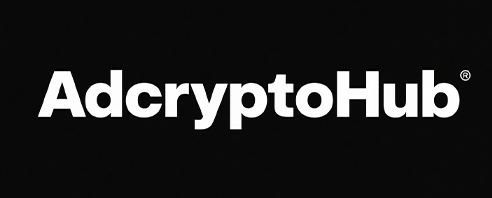
Blockchain Media Brand Exposure Acceleration Strategy: Unleashing the Power of Innovation
In the rapidly evolving digital landscape, blockchain technology is not just a buzzword; it's a transformative force reshaping industries across the board. As a seasoned自媒体 writer with over a decade of experience, I've witnessed firsthand how blockchain is revolutionizing media and brand exposure. Today, I'm diving into the heart of this revolution with a comprehensive strategy to accelerate brand exposure in the blockchain media sector.
Understanding the Blockchain Media Ecosystem
Blockchain media refers to any form of content creation, distribution, or consumption that leverages blockchain technology. This includes everything from decentralized news platforms to tokenized digital art. The key advantage here is transparency and security, which are paramount in today's media environment.
The Current State of Blockchain Media
According to recent reports, the global blockchain in media market size is expected to reach $2.5 billion by 2027, growing at a CAGR of 48.3%. This surge is driven by increasing trust in decentralized systems and the need for secure content distribution.
Strategy 1: Tokenization for Enhanced Engagement
Tokenization is a powerful tool that can be used to incentivize content creators and consumers alike. By creating tokens that represent value within your platform, you can foster a more engaged community.
Case Study: Steemit
Steemit is a prime example of tokenization in action. Users earn Steem tokens for creating and curating content, which can be exchanged for real money or other rewards. This model has not only increased user engagement but also diversified the revenue streams for content creators.
Strategy 2: Decentralized Content Distribution
Decentralized content distribution ensures that no single entity has control over the flow of information. This not only enhances credibility but also opens up new avenues for brand exposure.
Industry Observation: IPFS (InterPlanetary File System)
IPFS is an innovative protocol that allows for decentralized storage and sharing of files. By integrating IPFS into your content distribution strategy, you can reduce reliance on centralized servers and improve accessibility.
Strategy 3: Collaborative Content Creation
Collaboration between brands and blockchain-based media platforms can lead to innovative content formats and increased exposure.
Real-World Scenario: Nike x ConsenSys
Nike's partnership with ConsenSys demonstrates how brands can leverage blockchain technology to create exclusive digital experiences for their audience. By integrating NFTs (Non-Fungible Tokens) into their marketing campaigns, Nike not only engaged their customers but also extended their brand presence into new digital territories.
Strategy 4: Leveraging Social Media Integration
Social media remains a crucial component of any brand exposure strategy. By integrating social media with blockchain-based platforms, you can tap into a wider audience.
Data-Driven Insight: Twitter's Integration with Ethereum
Twitter's integration with Ethereum allows users to mint NFTs from tweets. This feature has not only increased engagement but also opened up new revenue streams for creators while expanding Twitter's reach within the blockchain community.
Conclusion
In conclusion, the blockchain media brand exposure acceleration strategy involves leveraging tokenization, decentralized content distribution, collaborative content creation, and social media integration to enhance visibility and engagement within this dynamic sector. As we move forward, it's clear that embracing these strategies will be crucial for brands looking to thrive in the evolving landscape of digital media.
By staying ahead of these trends and adopting innovative approaches like those outlined here, brands can ensure they remain at the forefront of this exciting new era in media and technology.

 한국어
한국어
 简体中文
简体中文
 English
English
 繁體中文
繁體中文
 日本語
日本語
 Español
Español
 Français
Français
 Deutsch
Deutsch
 Italiano
Italiano
 Русский
Русский
 Português
Português
 العربية
العربية
 Türkçe
Türkçe
 ภาษาไทย
ภาษาไทย
 हिंदी
हिंदी
 Bahasa Indonesia
Bahasa Indonesia
 Tiếng Việt
Tiếng Việt







